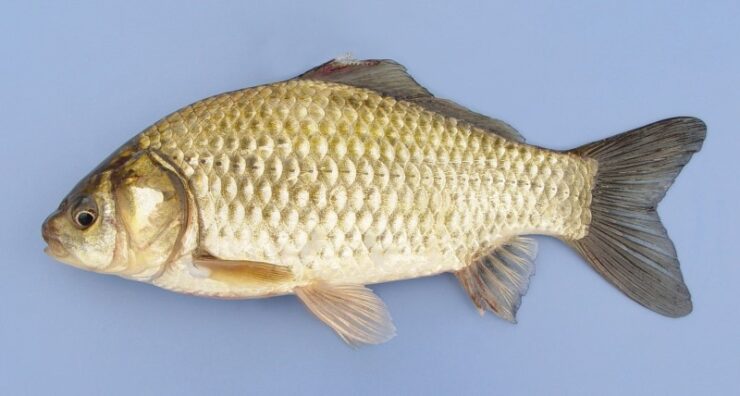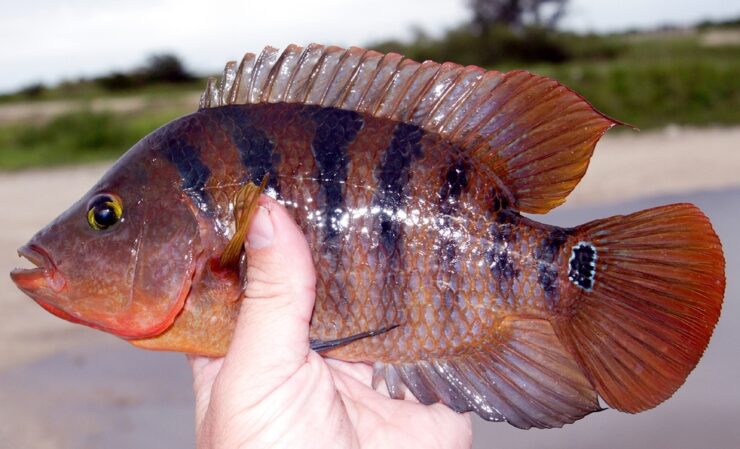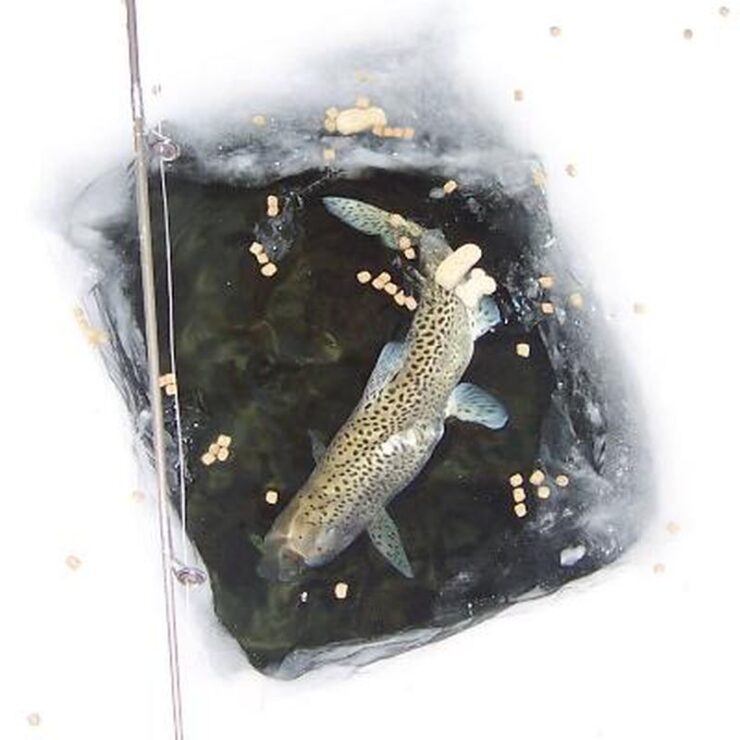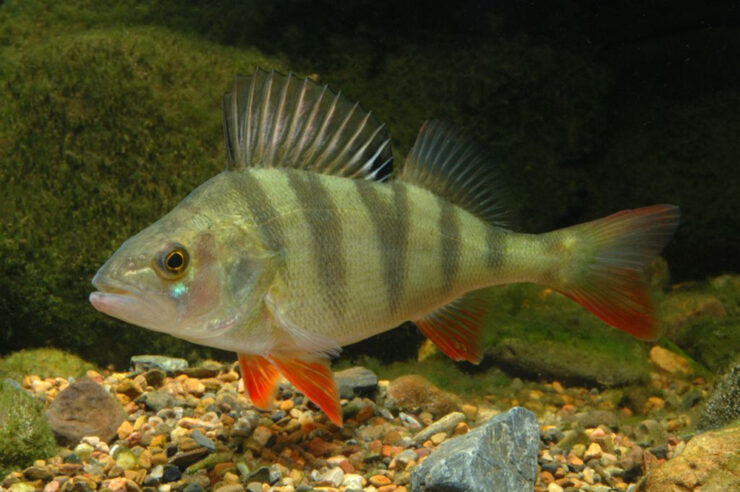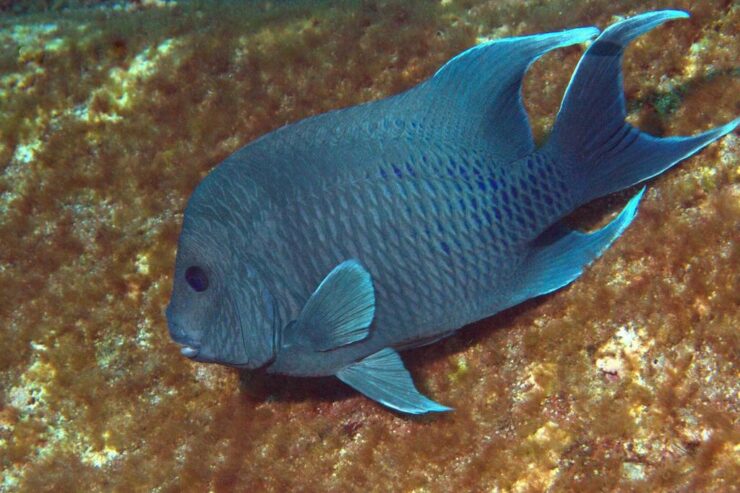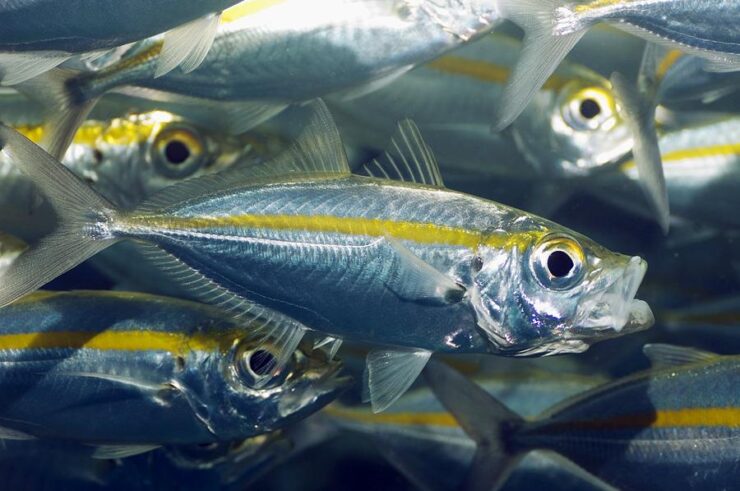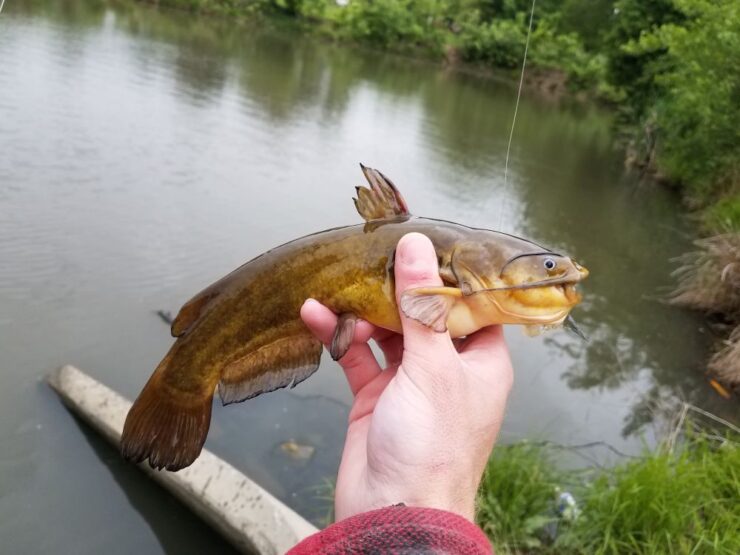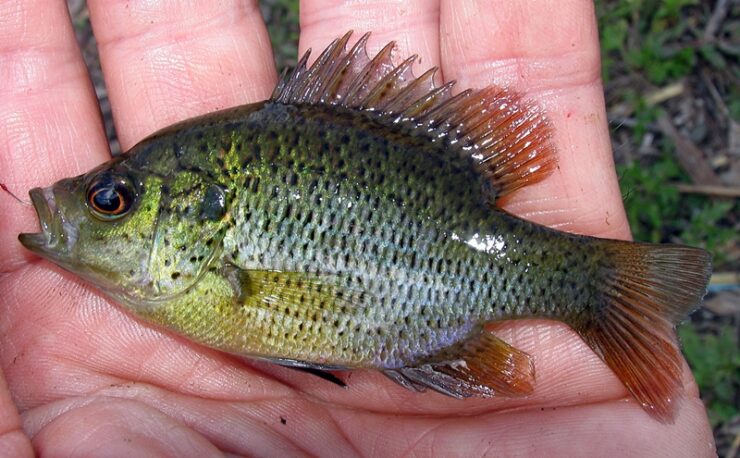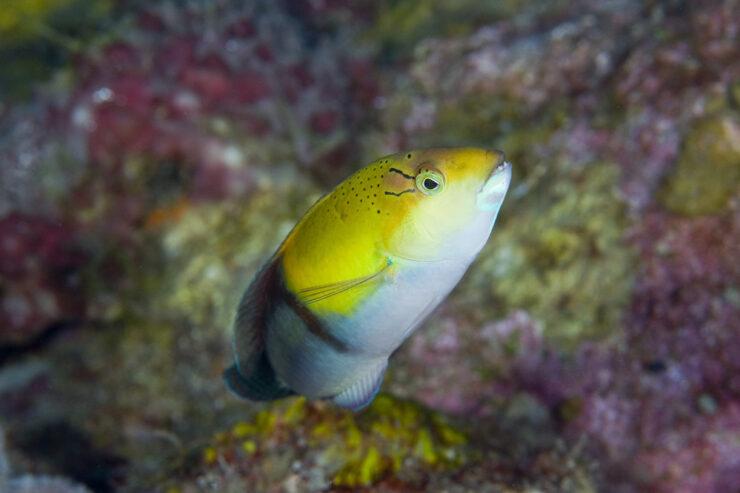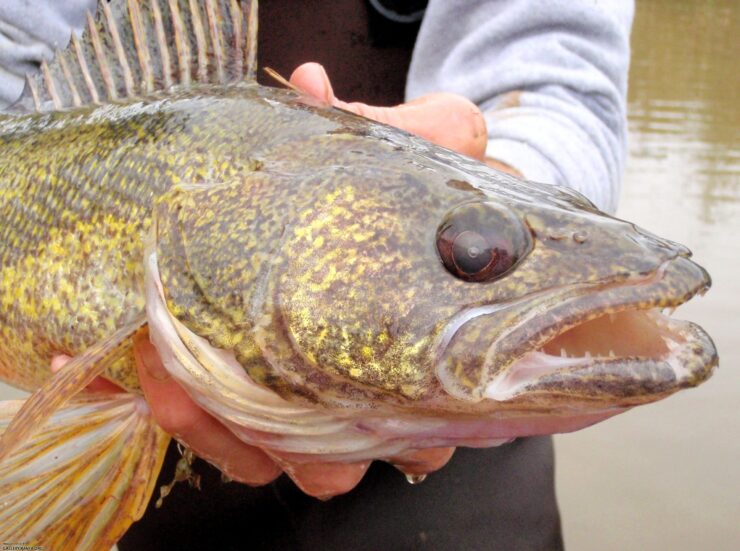Fish Facts: Wild Goldfish
Wild Goldfish are native to China but are now found in Lakes, ponds, and sloughs across the USA. They might be found where ever there is a combination of warm water, soft bottom and vegetation. Goldfish can hybridize with common carp and can compete with native fish. They should not be release into the wild. … Read more

